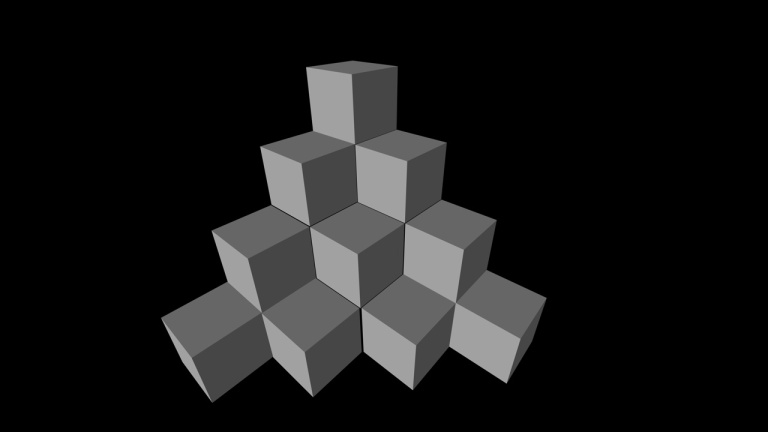

Shadows and reflections are generated only as if the surface was responding to virtual light sources. This technique does not create false geometry, just false lighting effects.



Illusion-based mapping: where you try to create the appearance of a false geometry to a scene, for example by providing a "window" into a space, extruding or indenting features from a surface, creating false drop shadows, etc.reconstructme is best for human-scale objects and indoor scenes.Īnd we moved on to exploring projection mapping. reconstructme uses your kinect to create high-accuracy meshes (higher accuracy than any single kinect scan).123d catch can be used at all scales, limited by your camera rather than the scene. obj file from their website after the data has been processed. 123d catch can reconstruct a mesh based on a collection of 20-40 photos of a scene.This week we started with a discussion of two 3d capture tools: Maybe it can be implemented in a deeper level to make it easier to use. so I write my own line function to do transform before line is actually executed. The transform method is not a simple multiply of a matrix. The algorithm I used is exactingly the same to the one on. So I tried to implement that algorithm in Processing to make projection easier without MadMapper or something like that. In projection, the problem is similar, what we have on screen is different from the projected surface as long as the projector is not perpendicular to projected surface. With this method, I managed to map it back to rectangle rather than moving camera from top to front which may block users. I used this method last semester for Plinko Poetry project because the screen I need to track is in trapezoid shape. Perspective Transform is a transform that maps one arbitrary 2D quadrilateral into another. "How is our experience of a spatial form is affected when the form is filled in with dynamic and rich multimedia information? (The examples of such environments are particular urban spaces such as shopping and entertainment areas of Tokyo, Hong Kong, and Seoul where the walls of the buildings are completely covered with electronic screens and signs convention and trade shows halls department stores, etc, and at the same time, any human-constructed space where the subject can access various information wirelessly on her cell phone, PDA, or laptop.) Does the form become irrelevant, being reduced to functional and ultimately invisible support for information flows? Or do we end up with a new experience in which the spatial and information layers are equally important? In this case, do these layers add up to a single phenomenological gestalt or are they processed as separate layers?" from 'The Poetics of Augmented Space' by Lev Manovich. , and finally recreated the effect using Kyle's Slices Example code, from the Appropriating New Technologies class): , made a Processing sketch to reconstruct it: Once we had the images, we processed them to get the outlines to send to the laser cutter, but since the machine was down, we continued with our second plan.įor our second scan we cut an apple in thin slices, lit from below so that the details of the texture were visible: So the scan became quite invasive after all. The one problem that we had –the lighter lower half of the apple started to float–, we fixed by punching metal nails into it.
#Mapping bocks using madmapper registration#
Of course this was a serious scientific experiment, and as you can see in the photos we marked registration points, measured the layers of milk, and made sure that the table was level. We cut an apple in half, put it in a container, and covered it with milk in layers as tall as a sheet of acrylic that we planned to use to reconstruct it later. For the first week's assignment ("make a 3d scanner"), Manuela and I decided to scan and render an apple, taking two approaches.


 0 kommentar(er)
0 kommentar(er)
